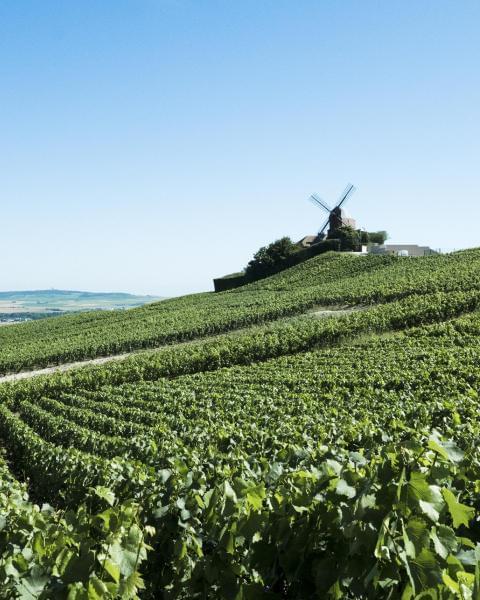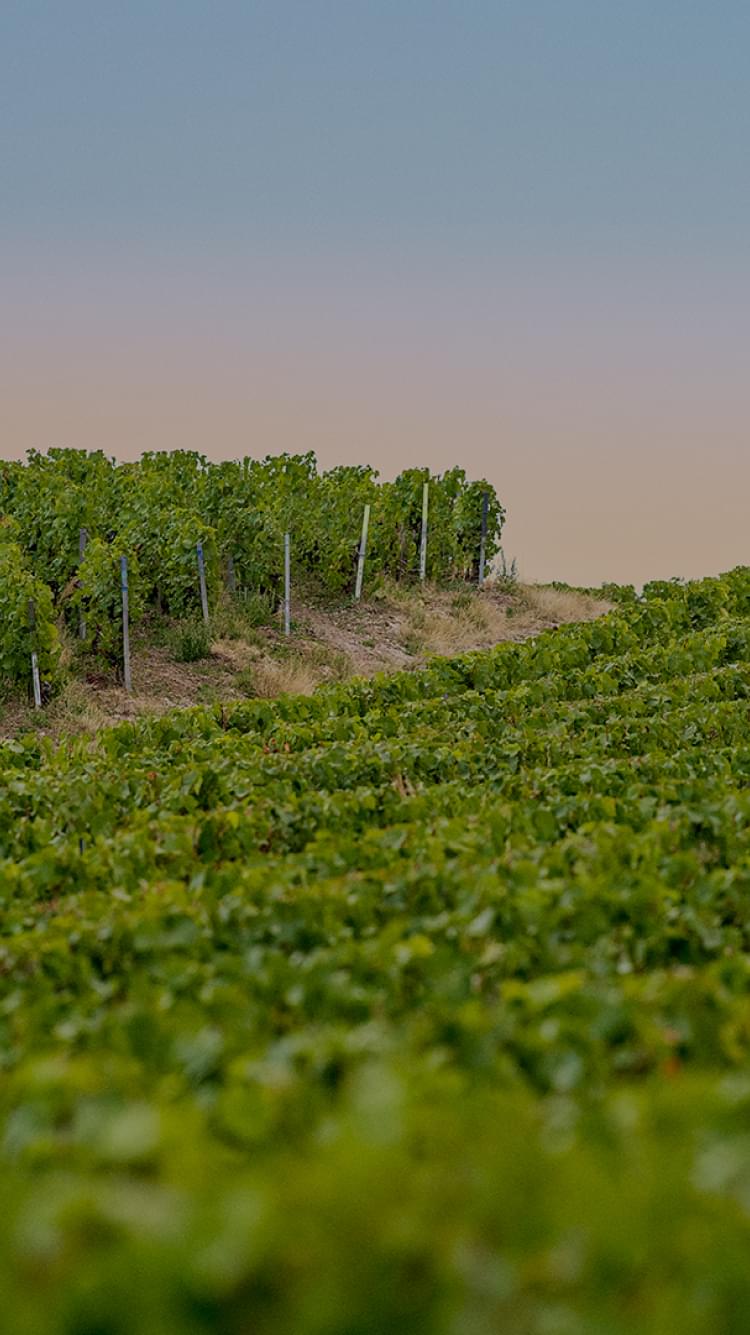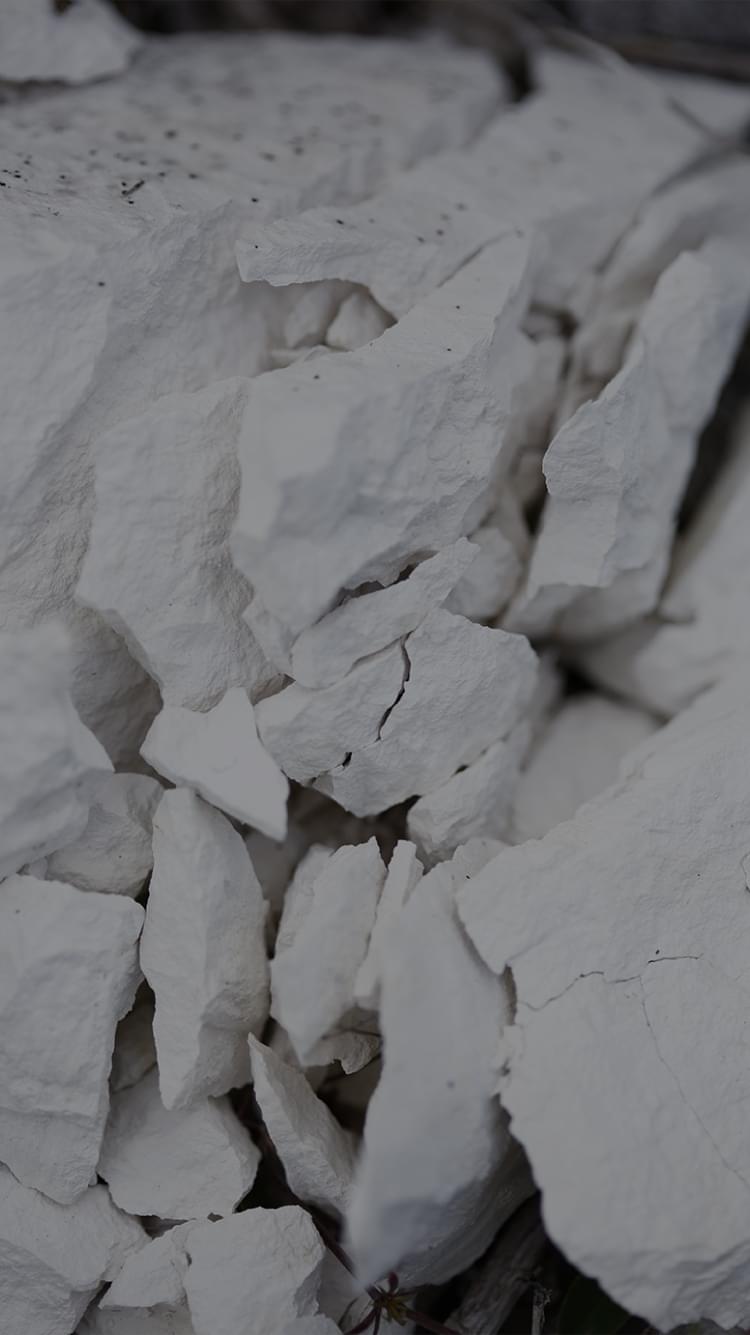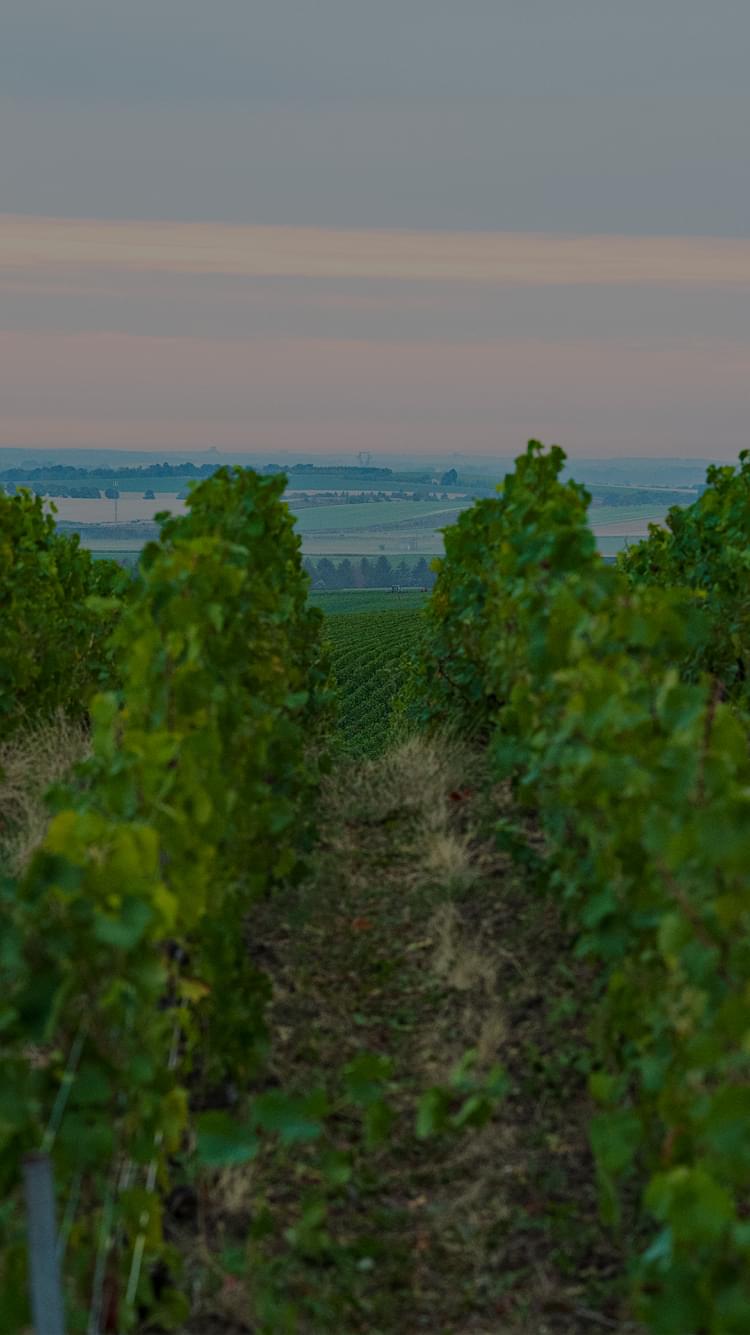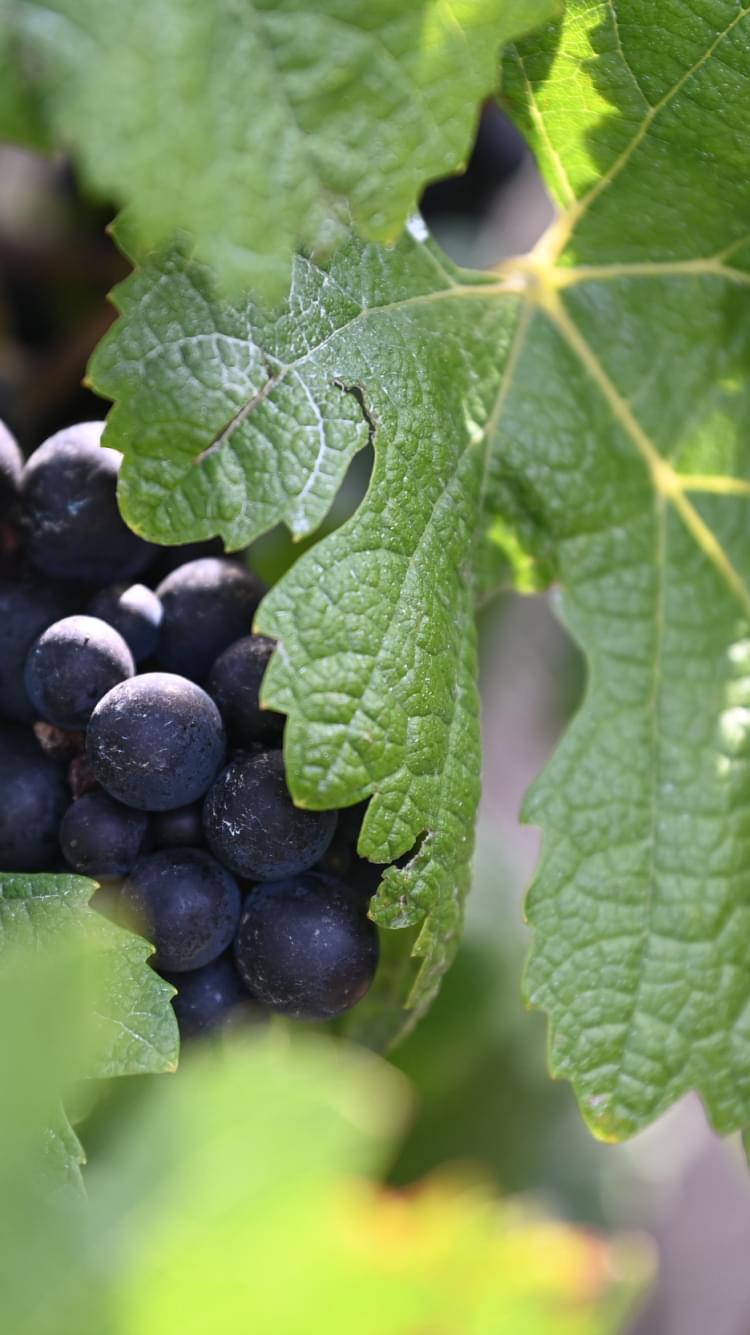

The Terroir
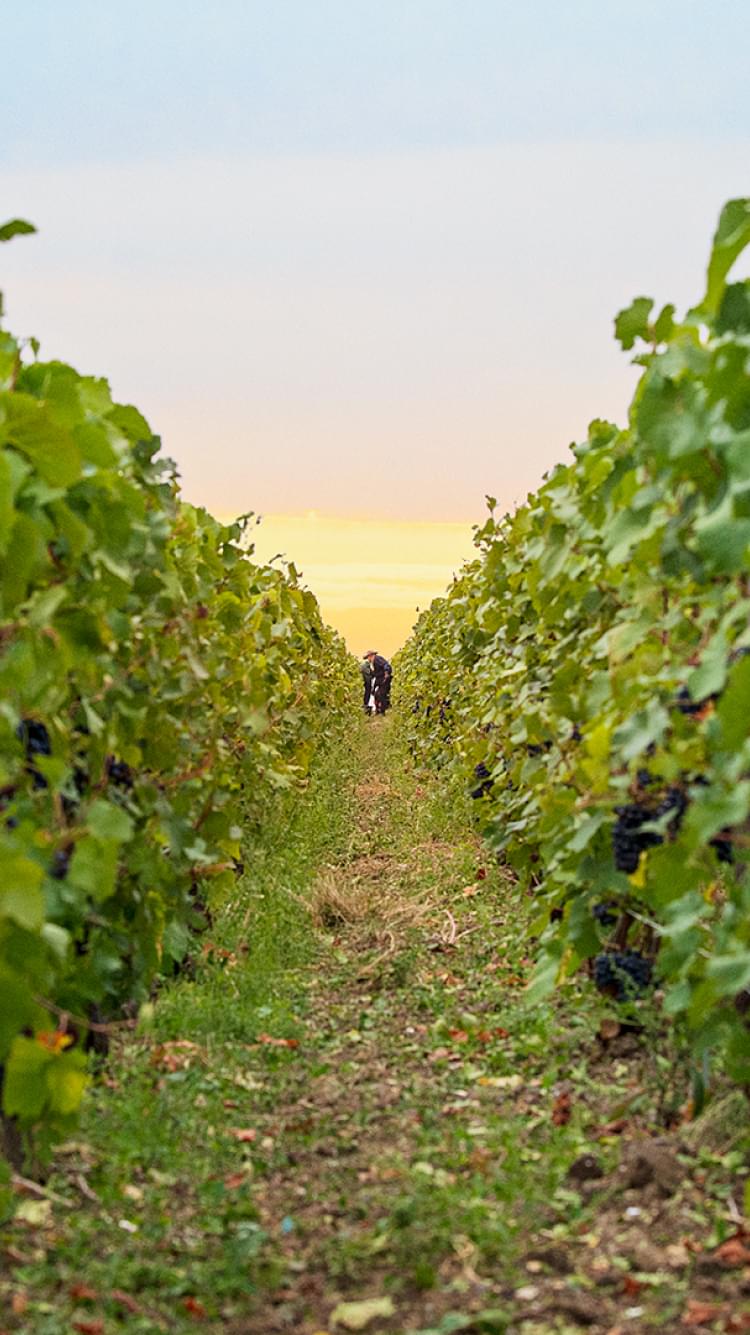
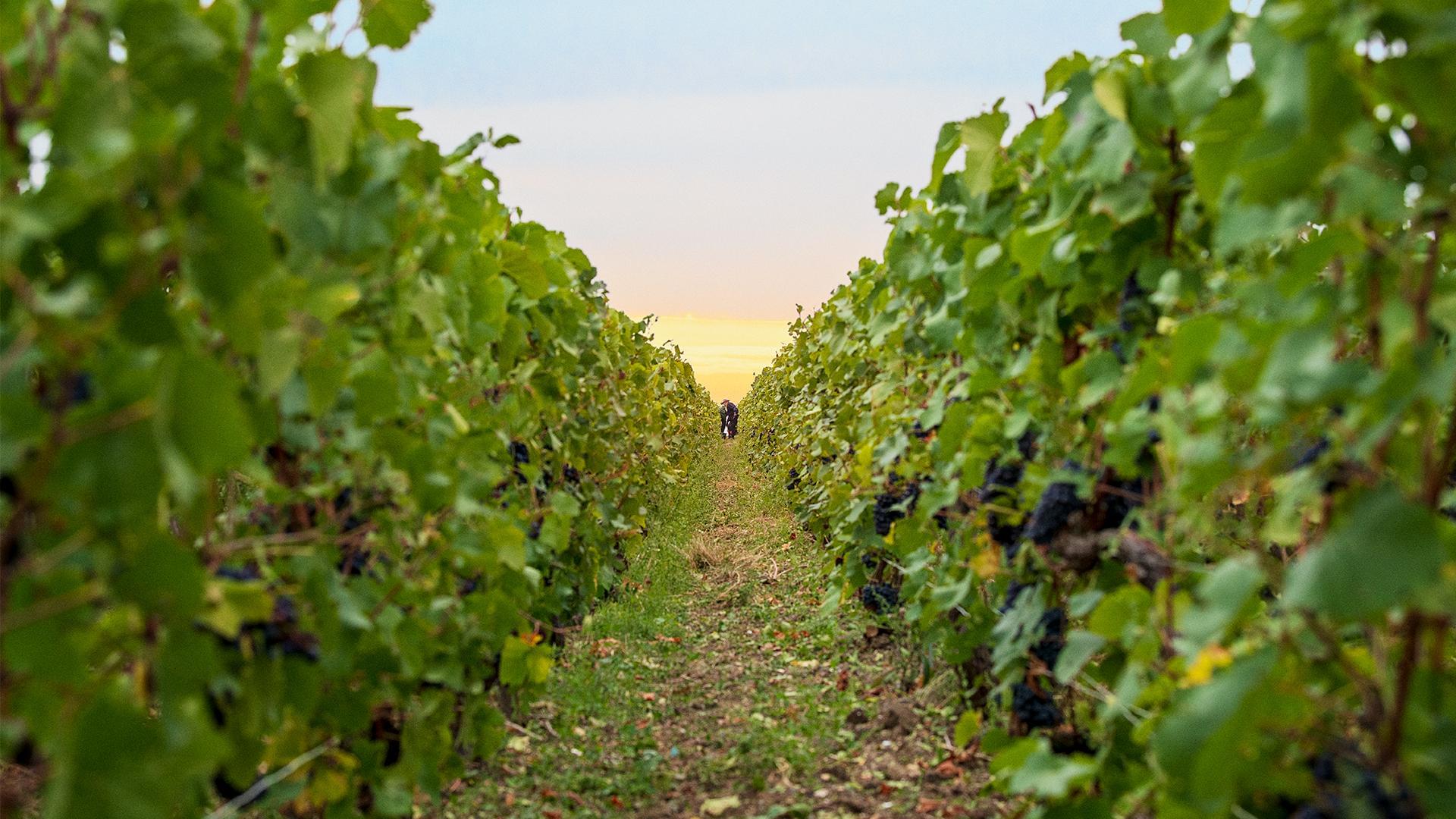
Heading to the champagne terroir
The unique terrain on which champagne grapes are grown.
Our journey starts in the heart of the Champagne region
In northeast France and its 34,000 hectares of vineyards, representing a mere 0.5% of the world's winegrowing area.
These vineyards are divided into ‘crus’—or villages—which are ranked according to the quality of their grapes. The most exceptional grapes come from 17 villages which are classified as ‘Grand Cru’.
Maison Mumm possesses 218 hectares of vines
In the course of its nearly 200-year history, Maison Mumm has assembled one of the finest estates in Champagne. Its extensive vineyards are mostly located in eight of the most celebrated Grand Cru villages in the Champagne region.
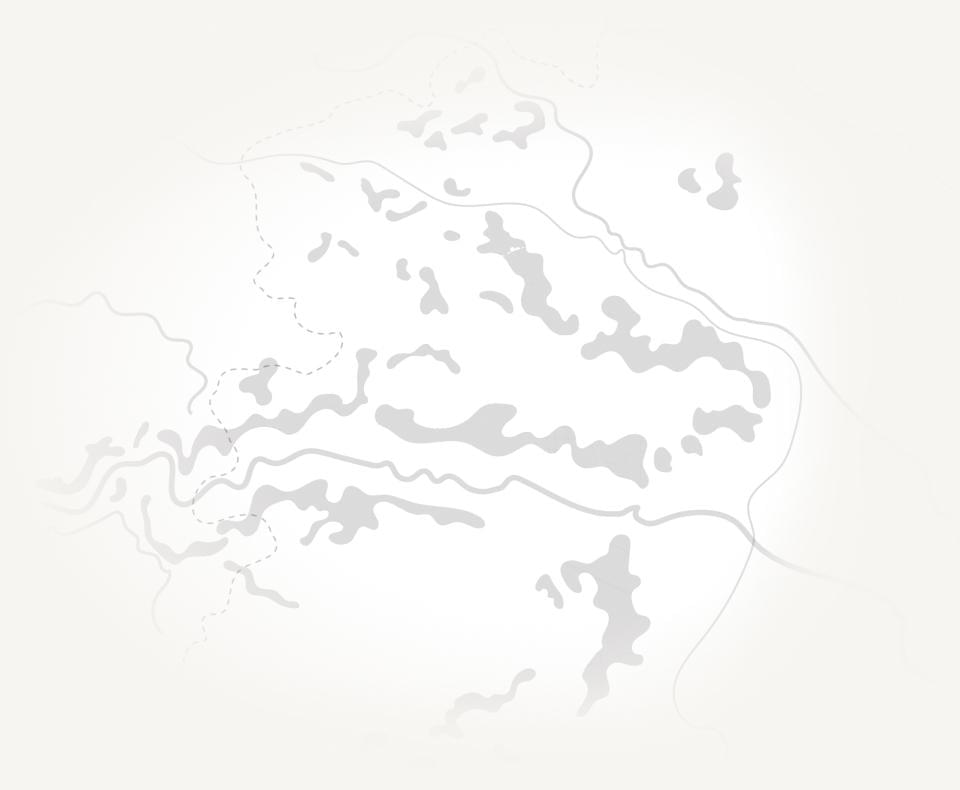
- Mailly-champagne
- Verzenay
- Verzy
- Aÿ
- Bouzy
- Ambonnay
- Cramant
- Avize
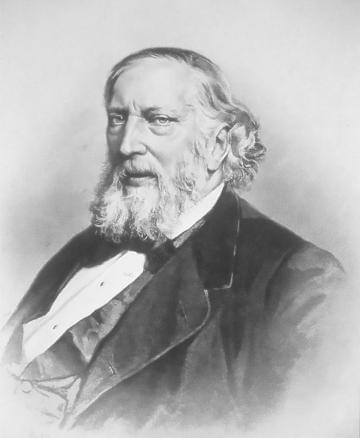
These plots of vines embody George Hermann Mumm’s motto
Nec plus ultra
* Only the best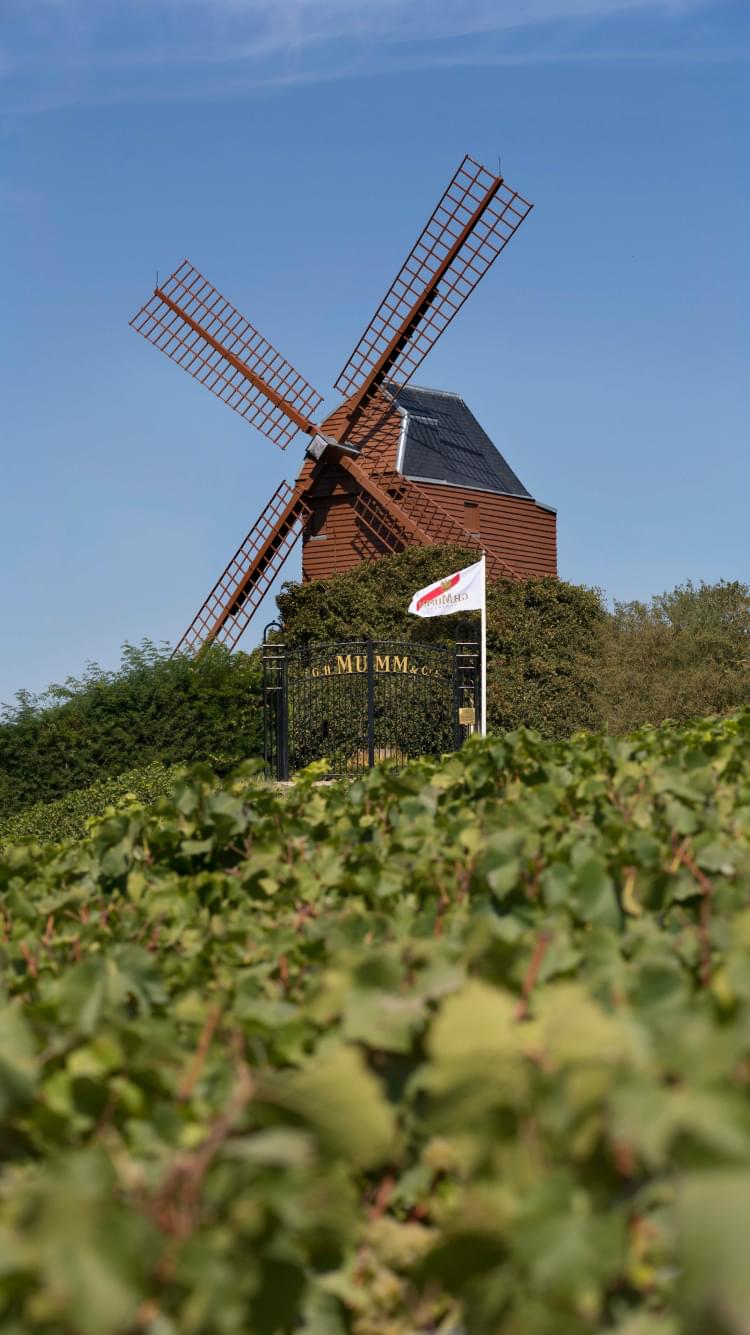
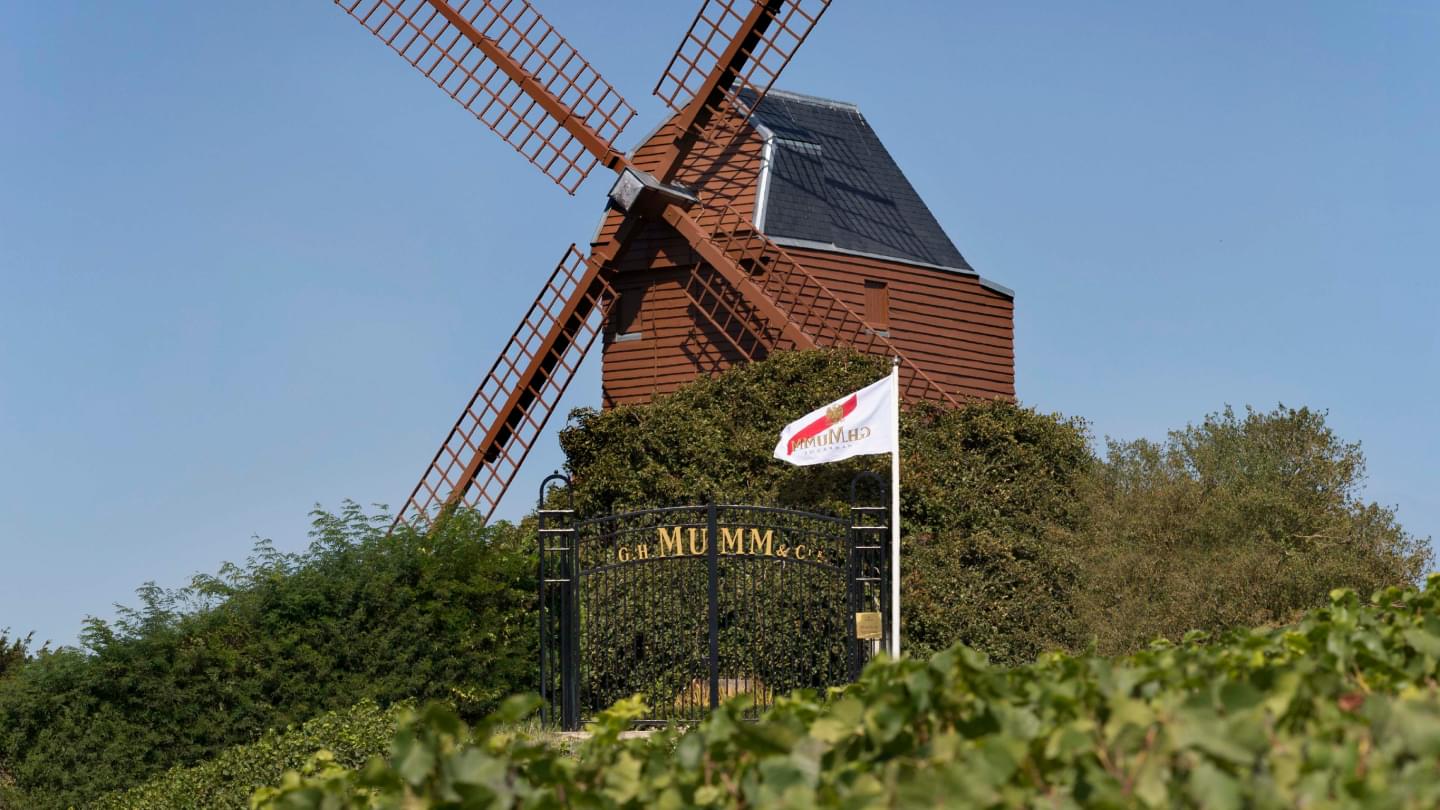
What makes Champagne terroir unique?
Three key elements make up the terroir of champagne: the climate, the soil, and the topography.
Each of these elements plays an essential role in the unique character of champagne. They are the reason why champagne can only be made in the Champagne region, in France.
Champagne terroir Savoir-Faire
There is in fact a fourth key element to understanding where champagne comes from: the teams’ knowledge of this unique terroir. Without the right know-how, handed down through generations—from how to protect the soil to how the different grape varieties express themselves on different plots— it is impossible to get the best out of what the Champagne region has to offer.
